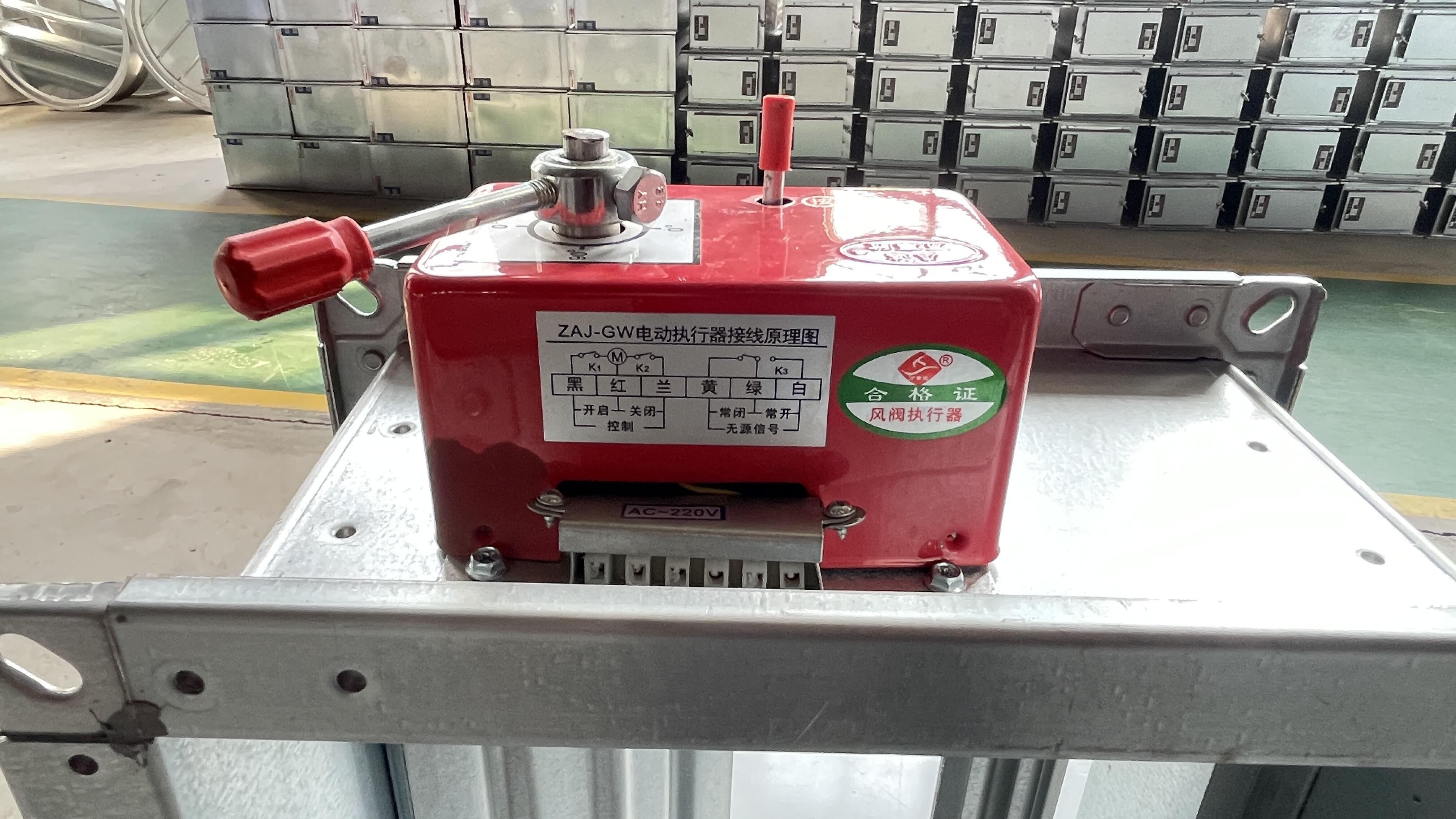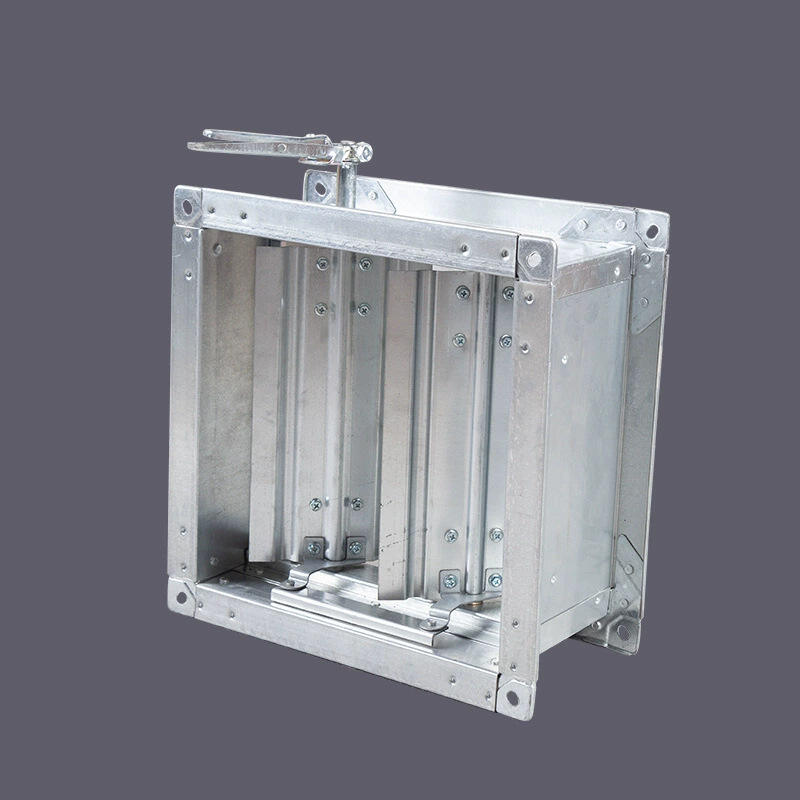
fire dampers in ductwork are critical safety components that serve as barriers against the spread of fire and smoke within HVAC duct systems. These dampers are strategically placed at key points in the ductwork, such as where ducts pass through fire-rated walls or floors. fire dampers in ductwork are designed to close automatically when temperatures reach a predetermined threshold, typically around 165°F (74°C), effectively blocking the path of fire. Constructed with heat-resistant materials, fire dampers in ductwork maintain their structural integrity under extreme heat, ensuring a tight seal. Proper installation of fire dampers in ductwork is essential to their performance, with precise alignment to ensure full closure. Regular inspection and testing of fire dampers in ductwork are necessary to confirm they are in working order, as any malfunction could compromise fire safety. fire dampers in ductwork work in conjunction with other fire protection systems, such as sprinklers and alarms, to create a comprehensive safety network. Their presence in ductwork is mandated by building codes, highlighting the importance of fire dampers in ductwork in protecting buildings and occupants.
